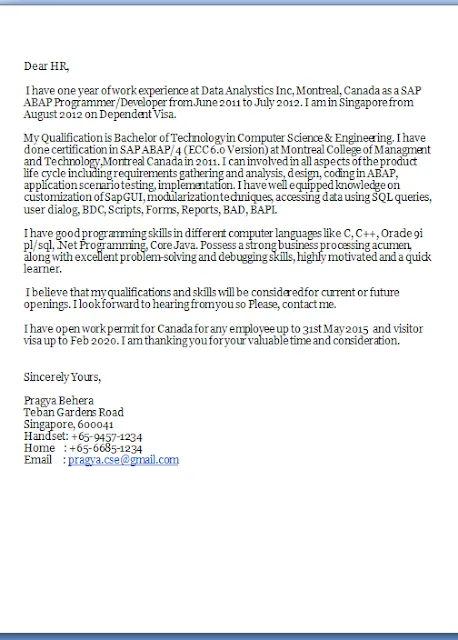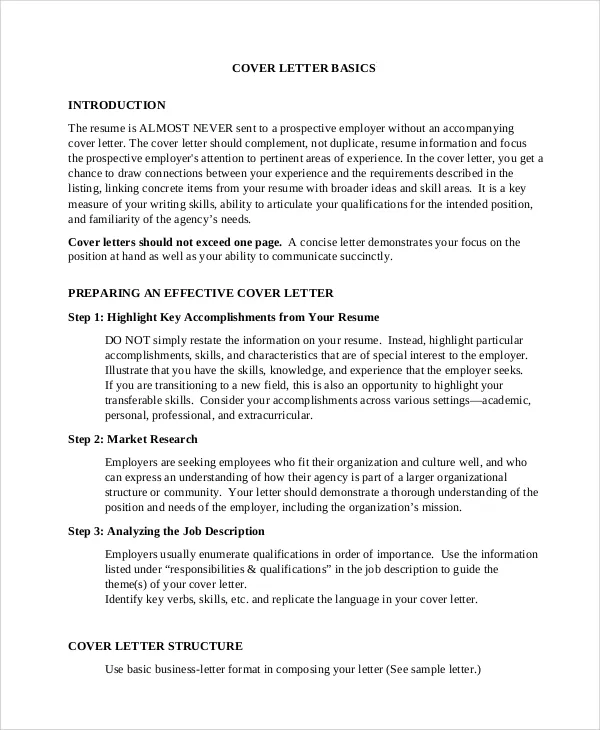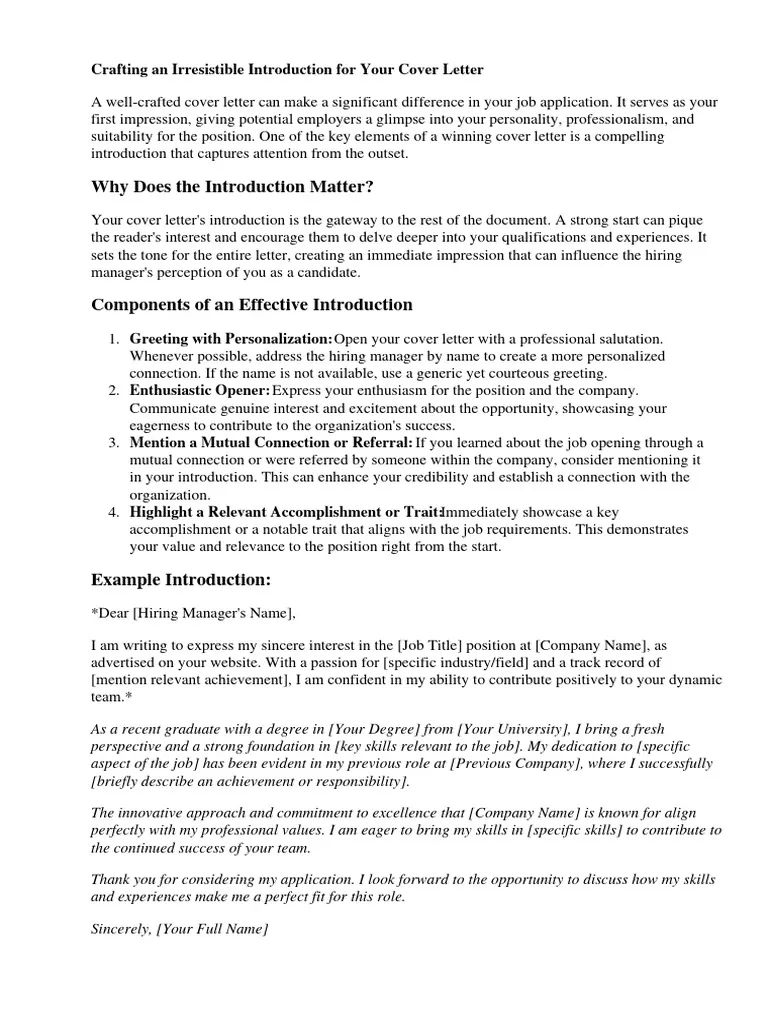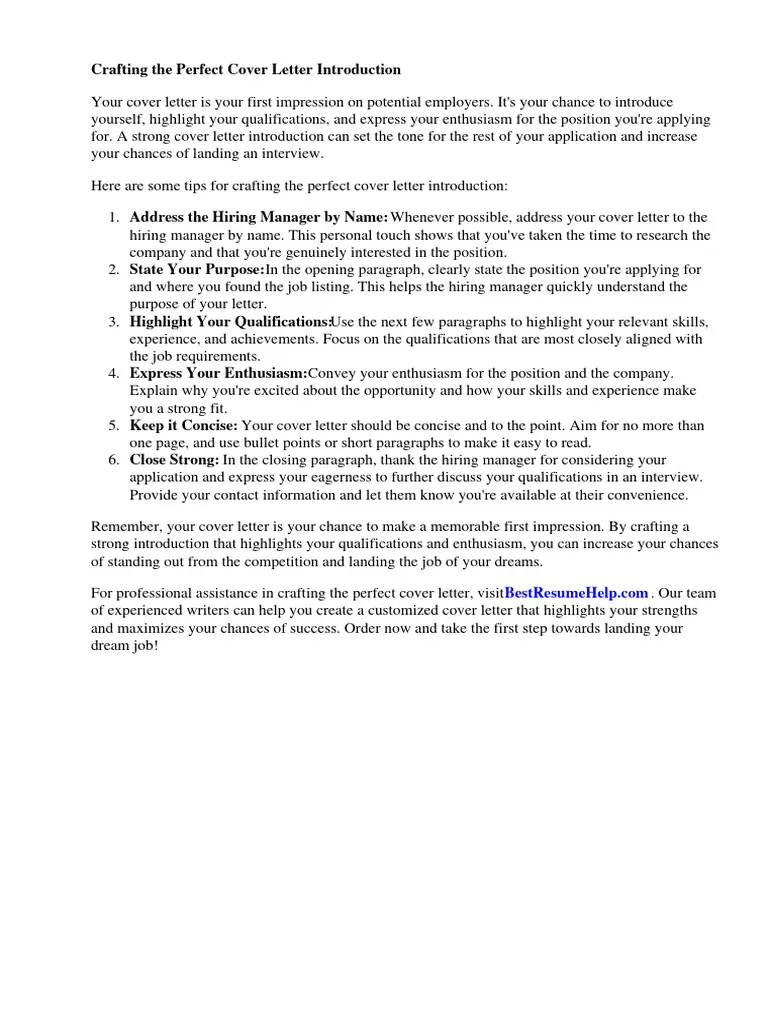Why a Strong Introduction Matters in Cover Letters
Your cover letter introduction is your first and often only chance to make a positive impression on a potential employer. It sets the tone for the entire letter and determines whether the hiring manager will continue reading. A well-crafted introduction immediately grabs the reader’s attention, communicates your enthusiasm, and clearly states your purpose for applying. Think of it as your elevator pitch, designed to quickly and effectively communicate why you are the ideal candidate for the role. A strong introduction can significantly increase your chances of getting your resume read and landing an interview.
Grabbing Attention Immediately
The first sentence of your introduction is critical. It needs to be captivating and relevant to the job. Avoid generic phrases. Instead, start with a strong statement that highlights your interest in the company or the specific role. Consider using a compelling statistic, a brief anecdote related to the company or industry, or a direct statement of your excitement for the opportunity. For example, if you’re applying for a marketing position, you could start by mentioning a recent successful marketing campaign by the company that impressed you. The goal is to immediately signal to the reader that you’re not just sending out a generic application and that you’ve taken the time to understand their needs.
Highlighting Your Enthusiasm

Demonstrating genuine enthusiasm for the role and the company is crucial. Let your passion shine through in your writing. Express your excitement about the opportunity and explain why you’re drawn to the position. Use phrases like “I am particularly excited about…” or “I was thrilled to see the posting for…” to convey your interest. Research the company’s mission, values, and recent achievements, and incorporate this information into your introduction to show that you’re not just looking for a job, but that you’re genuinely interested in being a part of their team. This enthusiasm can differentiate you from other candidates.
Briefly Mentioning the Job and Company
While your introduction should be engaging, it should also be clear and concise. Immediately state the specific position you are applying for and where you found the job posting. This helps the hiring manager quickly understand why you’re contacting them. Briefly mention the company name to show you’ve paid attention. Avoid vague language and ensure your introduction clearly aligns with the job description. For example, “I am writing to express my interest in the Marketing Manager position, as advertised on LinkedIn. I was particularly drawn to [Company Name]’s innovative approach to…
Key Components of a Compelling Introduction
Stating Your Purpose Clearly

The purpose of your cover letter should be evident from the beginning. State clearly what position you’re applying for. This may seem obvious, but it’s essential to ensure the hiring manager instantly understands the reason for your communication. Include the job title, and if possible, mention where you found the job posting. This helps the hiring manager quickly understand the context of your application and immediately connect your application with a specific job opening.
Summarizing Your Relevant Experience
Provide a concise overview of your relevant experience. Mention a key achievement or a significant role that aligns with the job requirements. This gives the hiring manager a quick snapshot of your qualifications. This should be a brief summary, with more detailed information provided in the body of your cover letter and resume. Focus on the most important experiences that demonstrate your fit for the role and pique the reader’s interest, encouraging them to delve deeper into your qualifications.
Showcasing Your Key Skills
Highlight a few key skills that make you a strong candidate. Identify the most relevant skills listed in the job description and briefly mention how you possess them. This is an opportunity to connect your skills with the employer’s needs, immediately demonstrating your ability to perform the job. Don’t just list your skills; briefly explain how you have used them to achieve results in the past. This will give the hiring manager a clear understanding of your capabilities and potential contributions to the company.
Avoiding Common Introduction Mistakes

Being Too Generic
Avoid generic introductions that could apply to any job. Generic introductions fail to capture the reader’s attention. They often lack specific details and fail to demonstrate genuine interest in the position or company. These introductions typically use vague statements and generic phrases, making it hard to distinguish you from other candidates. Research the company and tailor your introduction to show you understand their needs and are interested in the specific role.
Repeating Information From Your Resume
Your introduction is not a place to simply restate your resume. Repeating information wastes the reader’s time and shows a lack of effort. Use your introduction to highlight the most relevant and impressive aspects of your experience, expanding on these points rather than just listing them. Your cover letter should provide a deeper understanding of your skills, experiences, and why you are a good fit for the role. Expand upon key achievements and provide context that can’t be captured in a resume.
Focusing Solely on Yourself

While your introduction should showcase your skills and experience, don’t make it all about you. Your introduction should convey how you can meet the employer’s needs and what value you bring to the company. Your focus should be on how your skills and experience align with the job requirements. Demonstrate your understanding of their goals and how you can contribute to their success. Show that you are the solution to their problem, not just a candidate seeking a job.
Effective Introduction Examples
Example 1 The Enthusiastic Approach
“I was thrilled to discover the opportunity for a Marketing Manager at [Company Name], as advertised on LinkedIn. With five years of experience in digital marketing and a proven track record of increasing brand awareness, I am confident in my ability to contribute to your team’s success in the dynamic market. I am particularly excited about [Company Name]’s recent campaign for [product/service] and believe my skills align perfectly with your goals.” This approach expresses clear enthusiasm for the role and company while highlighting relevant skills.
Example 2 The Direct Approach

“I am writing to express my keen interest in the Project Manager position at [Company Name], as advertised on your company website. I have a strong background in project management, including experience in planning, executing, and delivering projects on time and within budget. My skills in agile methodologies align well with the requirements. I am confident that I can quickly make a positive impact.” This approach immediately states the position and highlights skills.
Example 3 The Referral Approach
“I am writing to apply for the Software Engineer role, as recommended by [Name], who is a colleague at [Previous Company]. [Name] spoke highly of [Company Name]’s innovative culture and the exciting projects. With my experience in software development and my strong skills in [specific programming languages], I am confident I can bring significant value to your team.” This approach leverages a referral and highlights key skills.
Tailoring Your Introduction to the Job
Researching the Company

Before writing your introduction, thoroughly research the company. Visit their website, read their mission statement, and explore their recent news and achievements. Understanding the company’s values and goals will help you tailor your introduction to their specific needs. This also allows you to demonstrate genuine interest and make your application stand out from the crowd. Showing that you understand their market, culture, and current projects will prove you’ve taken the time to research.
Identifying Key Requirements
Carefully review the job description and identify the key skills, qualifications, and experiences the employer is seeking. The job description serves as a guide for what the hiring manager is looking for in an ideal candidate. Focus on the most relevant requirements and tailor your introduction to address these needs. Use keywords and phrases from the job description to show a direct correlation between your skills and their needs, indicating that you are a strong match.
Highlighting Relevant Skills
In your introduction, briefly mention the skills and experiences that best align with the job requirements. Focus on the most relevant qualifications and connect them directly to the employer’s needs. You can reference your achievements and show how your skills have led to positive outcomes in your previous roles. This will give the hiring manager a clear and concise picture of why you are a good fit. Highlighting these skills can make a strong first impression.
Formatting Your Introduction for Impact
Keep It Concise
Your introduction should be brief, ideally no more than 3-4 sentences. This ensures that the hiring manager can quickly grasp your key qualifications and your enthusiasm for the role. A concise introduction is more likely to hold the reader’s attention and encourage them to continue reading the rest of your letter. Avoid unnecessary details and focus on the most essential information.
Use Action Verbs
Use strong action verbs to make your introduction more dynamic and engaging. Action verbs such as “managed,” “led,” “achieved,” and “developed” can immediately convey your skills and accomplishments. Action verbs make your writing more engaging and highlight what you have done and achieved. These verbs can make a significant difference in making your introduction more impactful and memorable. This helps your introduction resonate.
Proofread Carefully
Proofread your introduction carefully for any grammatical errors or typos. Errors can undermine your credibility and make you appear unprofessional. Use a grammar checker and read your introduction aloud to catch any mistakes. A well-written and error-free introduction shows attention to detail, which is highly valued by potential employers. Always revise and edit to make sure it is perfect.
